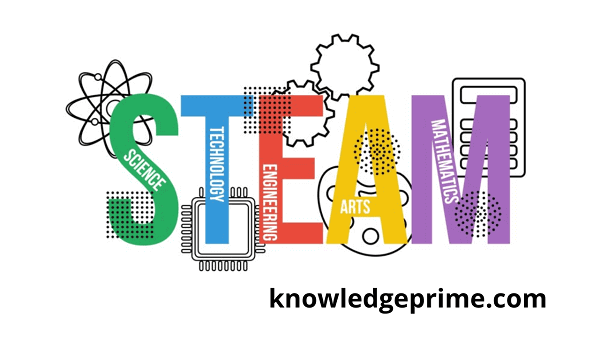Recognized as an essential advancement in today’s education system, STEAM not only opens employment opportunities for students and helps them learn real-world skills but also redefines the approach to education. The complete form of STEAM is Science, Technology, Engineering, Arts, and Mathematics. It adds creativity through the arts subject to STEM (Science, Technology, Engineering, and Mathematics). The arts in STEAM will help students understand the basic concepts better and utilize specific strategies and skills to manage problems accordingly. Since one is more inclined toward digitization, the popularity of curricula based on STEAM education is also increasing.
Many students need help deciding what they want to study. This article will help you learn what STEAM education is about, how, and why it is essential to implement it in today’s education system. Here are some critical factors you must know before opting for this curriculum.
Contents
What Is STEAM?
STEAM is an education system that encourages students to be more curious and experimental as lifelong learners. Therefore, an inquiry-based learning system can naturally fit with STEAM because it fosters critical thinking and innovation. Moreover, stimulating this modern learning system with necessary technologies such as coding, electronics, robotics, laser cutting, and carving in the early learning stages of the students can support the development phase of the students with more interest and willingness to learn new skills.
By integrating the concepts of the subject of the art in STEM, education institutions can deepen students’ understanding of science, math, and technology better. Product development is a perfect example of what a student with a curriculum based on STEAM can do. When used with the right tool and technical aspects, product design and execution will become more exciting and innovative.
But why is it essential to implement this learning system in today’s curriculum?
Why Is STEAM Important?
Leonardo da Vinci wrote, “Study the art of science. Study the science of art.” This statement has become necessary nowadays, with technology making repetitive tasks obsolete and the ability to solve many new issues. A STEAM education system aims to motivate students’ curiosity and help them solve problems innovatively. The learning system will encourage aspiring scholars to ask questions that promote innovation and originality and connect to real-world solutions to solve problems.
Tips To Implement STEAM Based Curriculum
- Seek Guidance From Others – When implementing the STEAM learning technique in your institution, the faculty must conduct regular discussions to keep up with the latest trends. Seeking other STEAM educators and attending PLNs (Professional Learning Networks) can help you to stay on top of trends.
- Be Flexible and Keep Your Mind Open – Authentic learning does not lie in small-group instruction or scripted lesson plans. Instead, it lies in conversation and teachable moments that lead a class to entirely different perspectives and predictions. A student charged with learning also wants to express and share thoughts, and educators should be accepting enough to take those thoughts and not backfire. In other words, for STEAM teaching, educators must be flexible, open their minds, and act according to the current situation. One advantage of digitization is that students may know more than educators. So, educators need to polish their expertise with better skills. Educators must let students lead with knowledge but guide them in perseverance, presentation, and organization of their thoughts.
Conclusion
Implementing STEAM can be challenging but has the most significant benefits. Educators need to be flexible, ask for support, and be open-minded. Students should lead their lessons. You must act like a coach and a support system to solve their problems innovatively.
